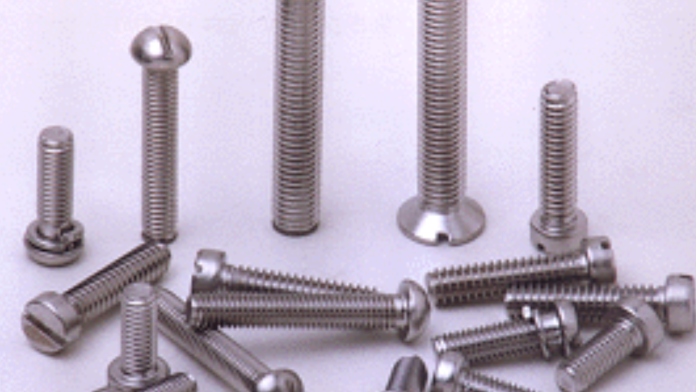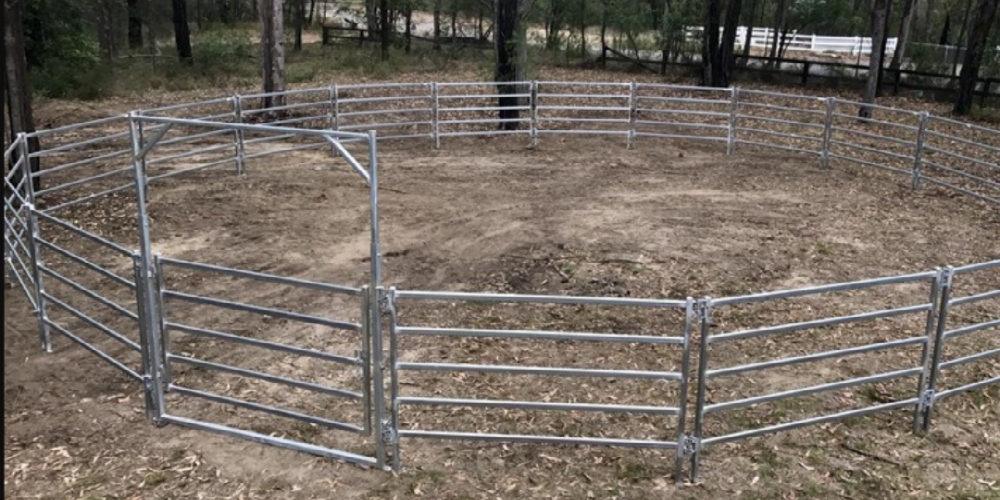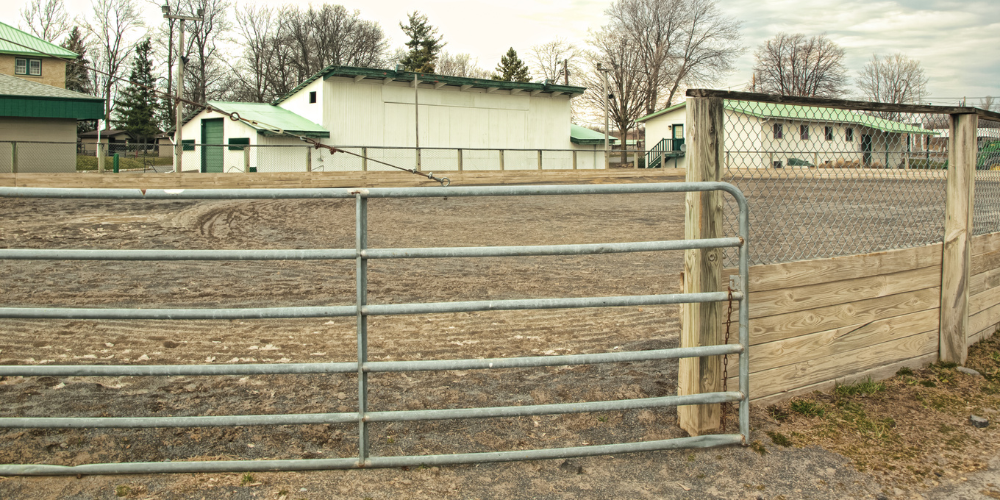Stainless steel screws are necessary components in endless businesses, prized for their erosion resistance, strength, and flexibility. Understanding the assorted grades of stainless steel utilized in their generation is foremost for selecting the ideal fabric for particular applications. From the omnipresent Review 304, eminent for its general-purpose erosion resistance, to the marine-grade brilliance of Review 316, each variation offers one-of-a-kind points of interest.
Also, ferritic, martensitic, and duplex grades serve specialty prerequisites, adjusting quality, machinability, and resistance to unforgiving situations. This presentation sets the organize for a comprehensive investigation of the shifted stainless steel grades vital within the fabricating of stainless screws.
Stainless Steel Grades: Flexibility and Vitality in Fabricating Stainless Screws
When selecting the suitable review of stainless steel for fabricating Stainless Screws a few variables ought to be considered, counting the particular natural conditions, required mechanical properties, and fetched imperatives. For occurrence, in destructive situations such as marine or chemical handling offices, grades like 316 or 2205 may be favored for their predominant erosion resistance.
Additionally, legitimate taking care of and establishment hones, such as maintaining a strategic distance from defilement and guaranteeing proper torque, are vital to preserve the judgment of stainless screws and maximize their life span in benefit, eventually guaranteeing ideal execution and unwavering quality in their aiming applications.
Austenitic Stainless Steel (Review 304 and 316)
Review 304 stainless steel, also known as 18-8 stainless steel, is the foremost broadly utilized review for stainless screws. It contains 18% chromium and 8% nickel, which gives it great erosion resistance in different situations, including climatic conditions and gently destructive chemicals.
Review 316 stainless steel, frequently alluded to as marine-grade stainless steel, contains extra molybdenum (2-3%) compared to Review 304. This expansion upgrades its erosion resistance, especially in chloride-rich situations like marine or coastal regions where saltwater presentation is common. Review 316 stainless screws are favored for open-air or marine applications due to their predominant resistance to setting and cleft erosion.
Martensitic Stainless Steel (Review 410 and 416)
Martensitic stainless steel is known for its tall quality and hardness, accomplished through warm treatment forms like extinguishing and hardening. Review 410 stainless steel contains around 11.5-13.5% chromium and is regularly utilized in applications requiring tall wear resistance and direct erosion resistance, such as latches for mechanical parts and equipment. Grade 416 stainless steel contains included sulfur for moved-forward machinability, making it appropriate for fabricating screws and other latches requiring complex shapes or threading. In any case, its erosion resistance is lower than austenitic grades, so it is fundamentally utilized in indoor or gently destructive situations.
Ferritic Stainless Steels
Ferritic stainless steels are attractive and offer great erosion resistance in mellow situations. They contain chromium (10-30%) but small to no nickel, making them less costly than austenitic grades. Common grades incorporate: Review 430: With a better chromium substance than other ferritic grades, Review 430 stainless steel shows great erosion resistance in gently destructive situations. Stainless screws made from Review 430 are regularly utilized in indoor applications where direct erosion resistance is adequate.
Duplex Stainless Steel (Review2205)
Duplex stainless steel may be a combination of austenitic and ferritic structures, advertising an adjust of tall quality and great erosion resistance. Review 2205 stainless steel contains around 22% chromium, 5-6% nickel, and 3% molybdenum, giving predominant resistance to push erosion splitting, setting, and hole erosion. Stainless screws made from Review 2205 are appropriate for requesting applications in cruel situations, such as chemical preparing plants, seaward penetrating rigs, and mash and paper plants.
Conclusion
The cluster of stainless steel grades utilized in creating stainless screws underscores the material’s flexibility and imperativeness over businesses. From the omnipresent corrosion resistance of austenitic grades like 304 and 316 to the specialized qualities of ferritic, martensitic, and duplex variations, each review serves a particular reason. By selecting the fitting review based on particular application necessities, producers guarantee the unwavering quality and life span of stainless screws in different situations. This comprehensive understanding highlights stainless steel’s persevering part as a foundation fabric in designing, developing, and incalculable other areas, driving advancement and advancement around the world.















